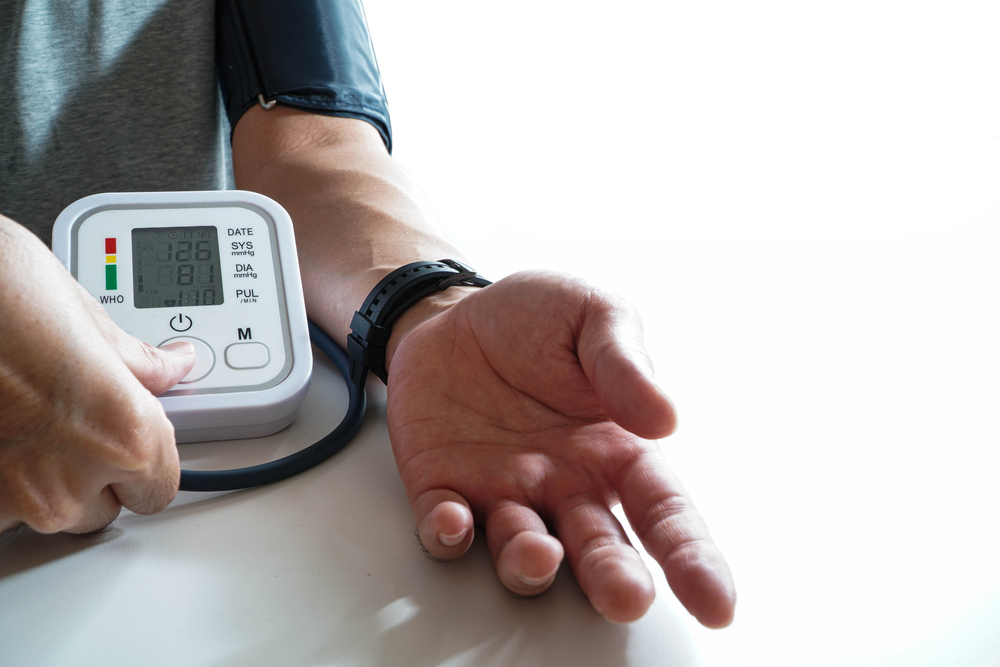PUBLISHED OCT 18, 2021 in www.ama-assn.org
By Timothy M. Smith
Self-measured blood pressure (SMBP) is a vital tool to help monitor patients’ BP and take swift, appropriate clinical action. But blood pressure can be a difficult thing to measure accurately at home, so what patients and physicians don’t need are inaccurate BP measurement devices getting in the way of diagnosis and treatment.
A website, the US Blood Pressure Validated Device Listing (VDL™), lists which of the countless BP measurement devices have been validated for clinical accuracy in the U.S.
Don’t trust the app store
Jordana B. Cohen, MD, MSCE, told of a recent patient who had already seen five other doctors to help manage her high BP.
“She was refusing to accept that her blood pressure wasn’t adequately controlled because she had no symptoms and because her watch, which she bought online, claimed to be the most accurate blood pressure monitoring watch on the market,” Dr. Cohen said.
The watch said her blood pressure was in the 120/70 mm Hg range.
Related Coverage
What needs to happen for self-measured blood pressure to take root
“She kept saying, ‘It must be white coat hypertension,’ even though we did two sets of 24-hour ambulatory blood pressure monitoring. Finally, we pointed her to the VDL and we got her to purchase a different home device and compare it to her watch,” said Dr. Cohen, assistant professor of medicine and epidemiology in the Renal-Electrolyte and Hypertension Division at the Hospital of the University of Pennsylvania. Dr. Cohen also is a member of the VDL Independent Review Committee.
The patient ultimately accepted that the watch’s numbers were way off. In fact, the device wasn’t measuring anything at all—it was essentially a random-number generator.
Such a thing might seem incredible, “but this is real,” Dr. Cohen said.
“I’ve seen more than one example of this, where people adamantly believed the readings they got on whatever devices they purchased,” she added. “And it’s quite frustrating, because they spent money on them and they researched them, but a lot of the information out there is misinformative and deceiving.”
Go with evidence instead
Hypertension experts started meeting in 2015 to create a framework for a list of BP measurement devices that have been validated for clinical accuracy. With this group and others, the AMA formalized a set of criteria to help determine which devices should be validated for clinical accuracy in the U.S.
The AMA then listed the National Opinion Research Center, at the University of Chicago, to help design and manage an independent process to determine which devices met the VDL criteria. This resulted in a preliminary list of devices that were validated for clinical accuracy.
When the VDL was launched last year, just 16 BP measurement devices met the requirements. It now contains more than 30, and will soon include wrist-cuff devices. These wrist-cuff devices are validated unlike watches and other wearables, and are available for patients when an upper arm device is not appropriate or feasible.
Related Coverage
Biggest value of patient-measured BP? Preventing false positives
Why it’s doubly urgent
“People shrug off blood pressure because they think it can’t really be dangerous to not measure it perfectly,” Dr. Cohen said, noting that while concerns might prevail about underdiagnosing the disease, it can also be dangerous to overdiagnose it.
If you’re undertreating, people will be at markedly elevated risk of bad cardiac outcomes and kidney outcomes. But if you’re overtreating, people are likelier to experience bad effects from their medications and be nonadherent.
It’s much easier, she noted, to keep people engaged in their health care if they regularly measure their blood pressure at home.
“They get more interested in adhering to their medications and making sure they reach their goals,” Dr. Cohen said. “We should have been doing this even without the COVID-19 pandemic. But with the pandemic, it’s become so much more critical.”
The AMA’s seven-step SMBP quick guide offers an easy reference for physicians and care teams to help train patients to perform SMBP monitoring. In addition, two new CPT® codes (PDF) related to blood pressure were released last year.




